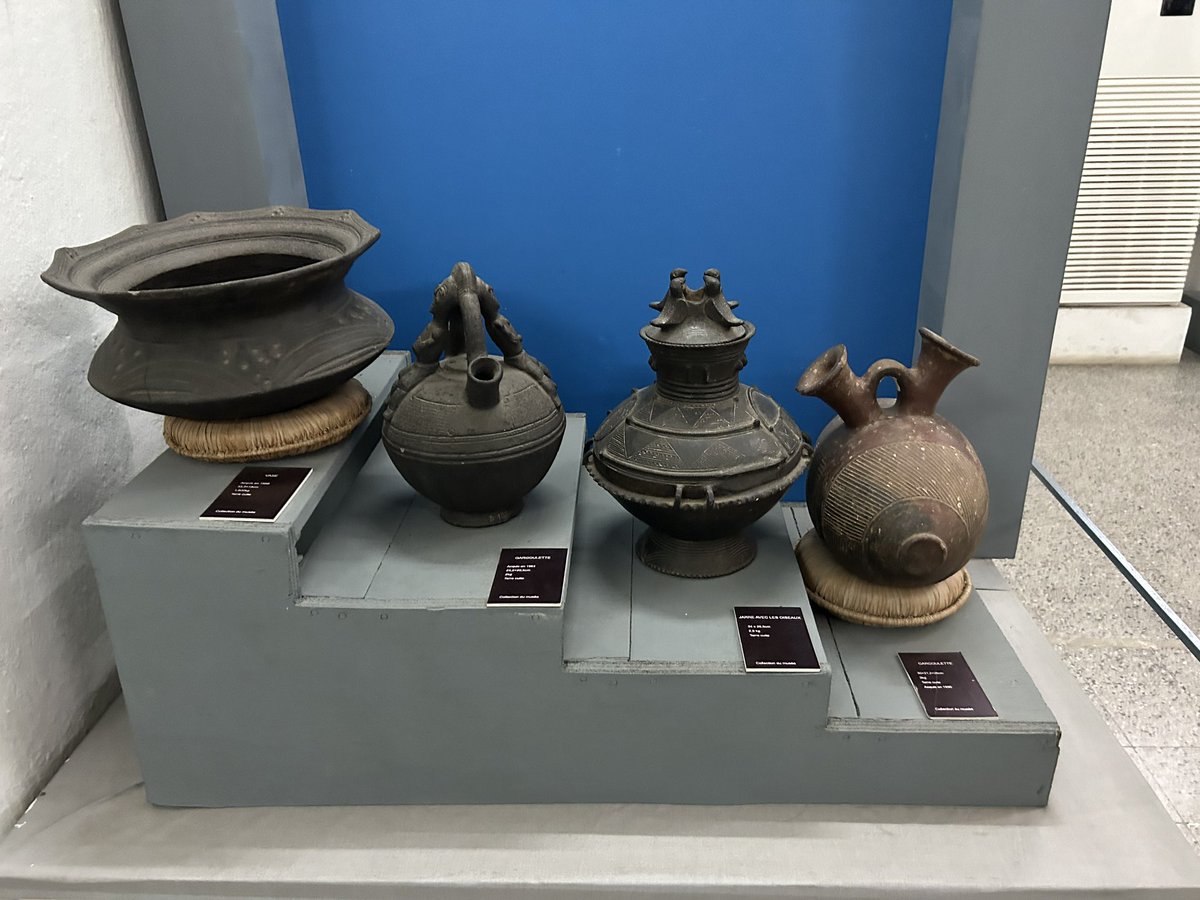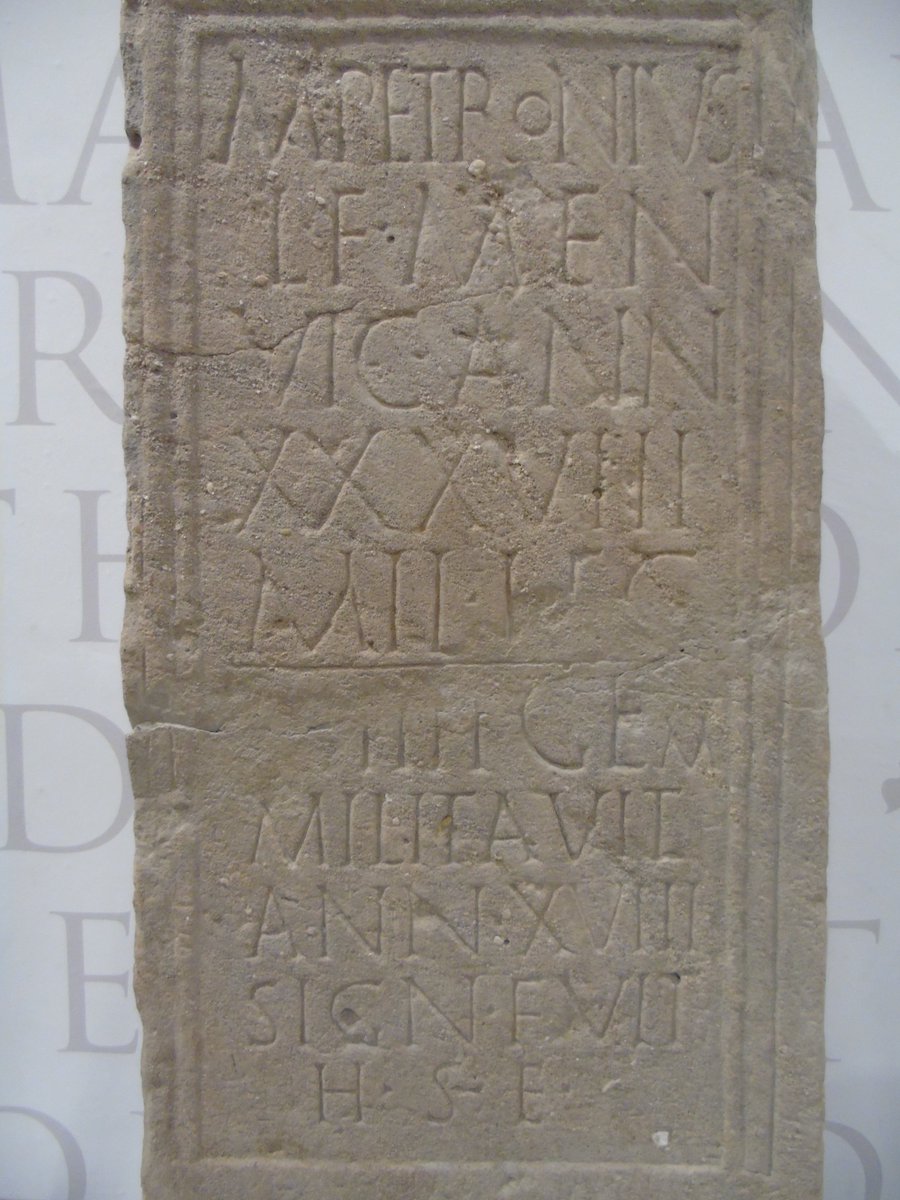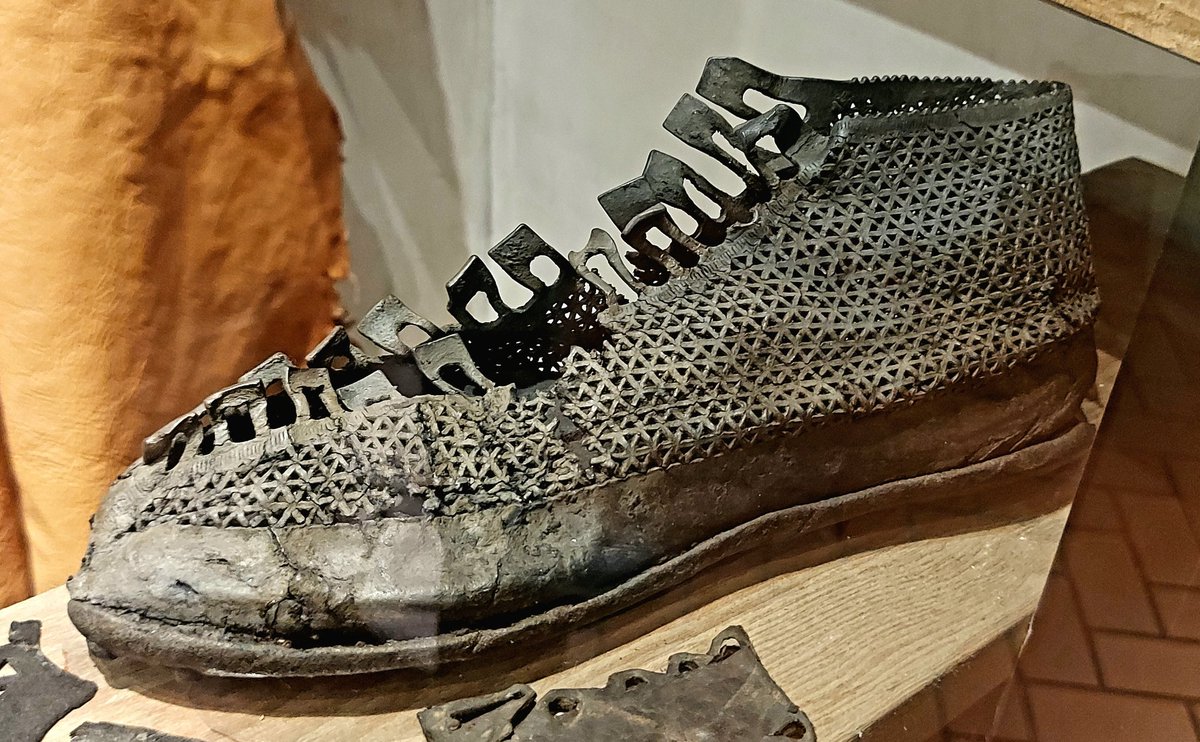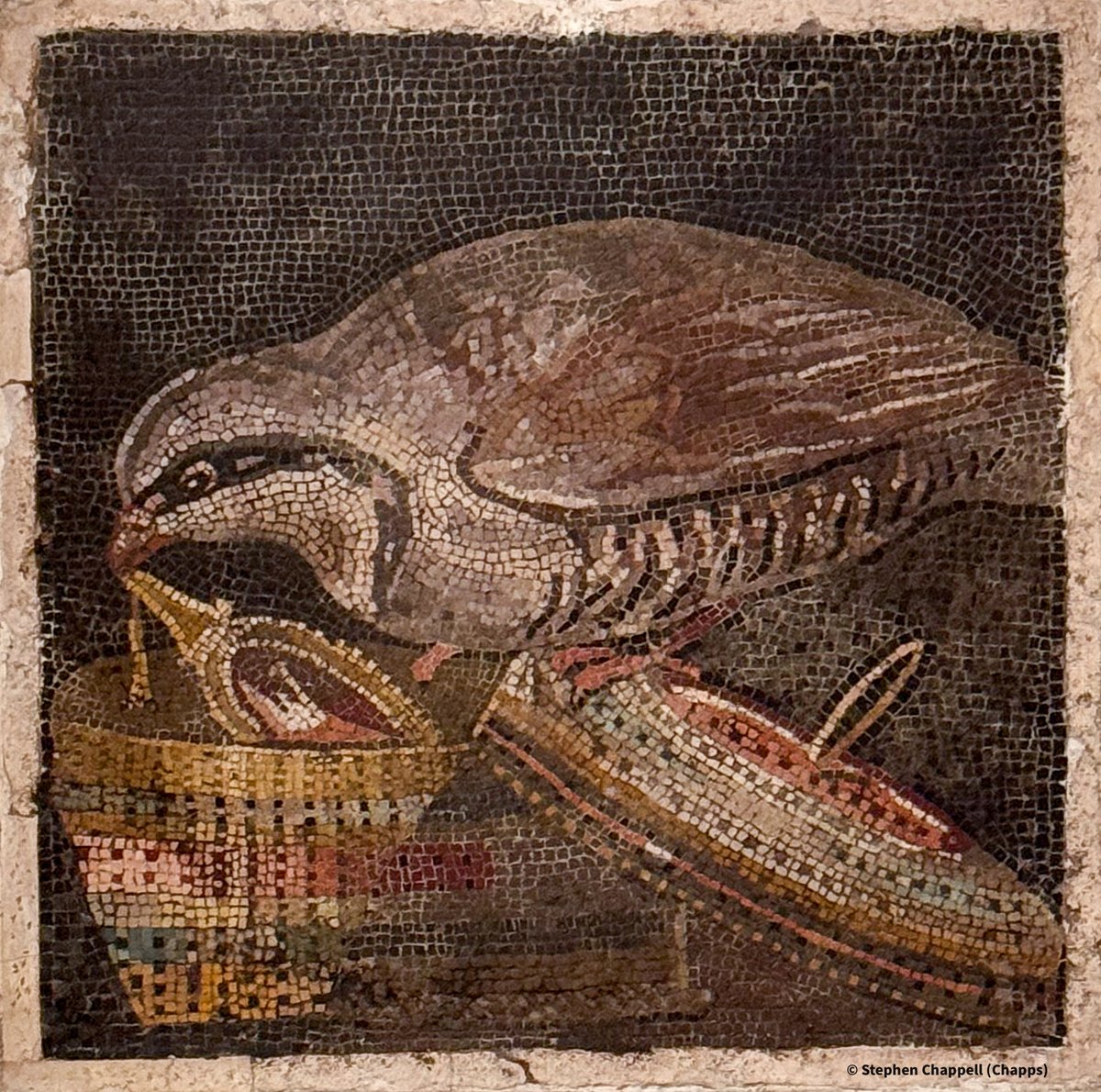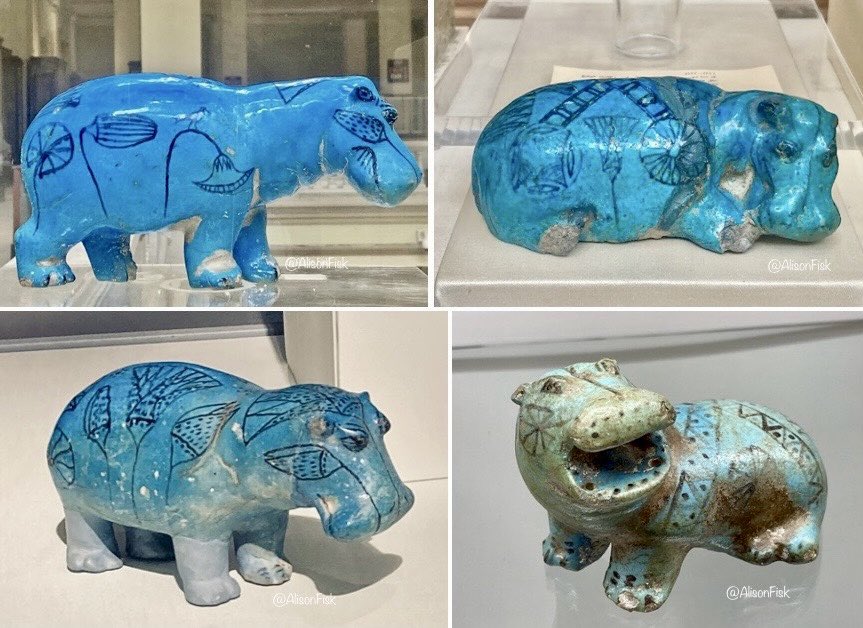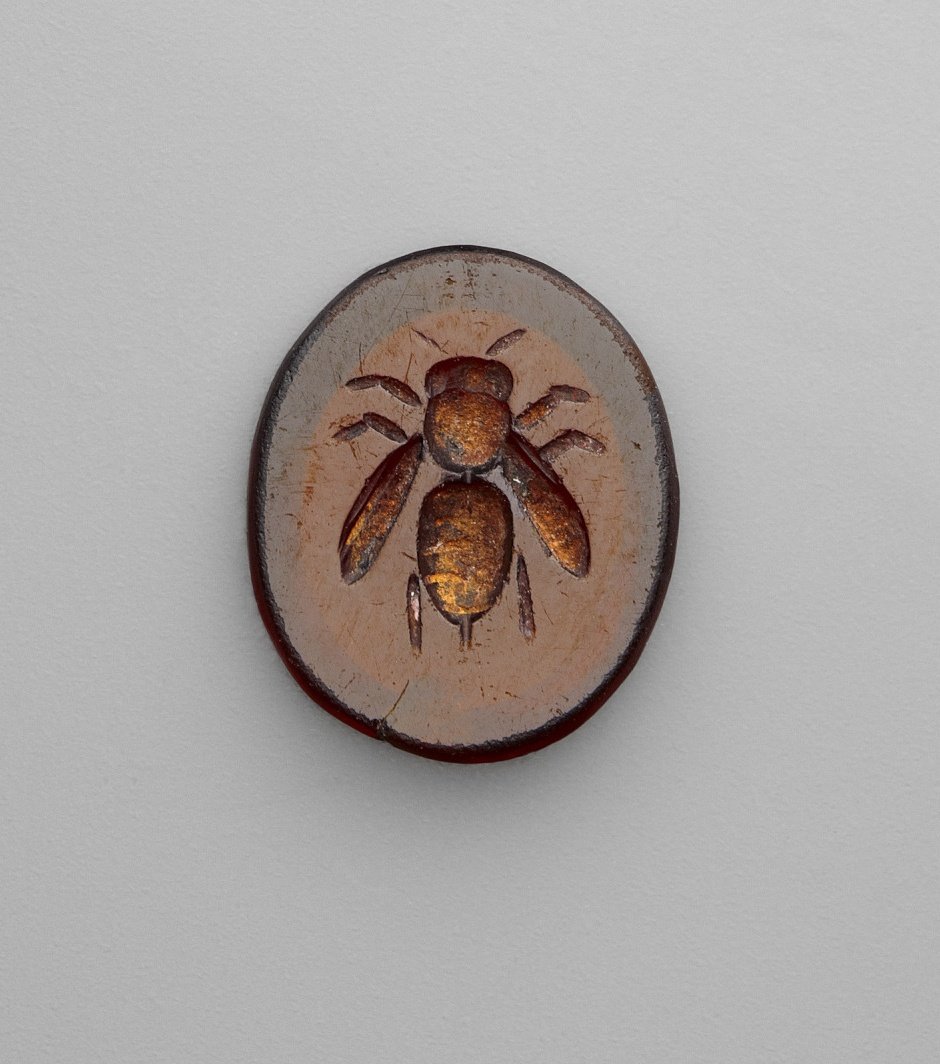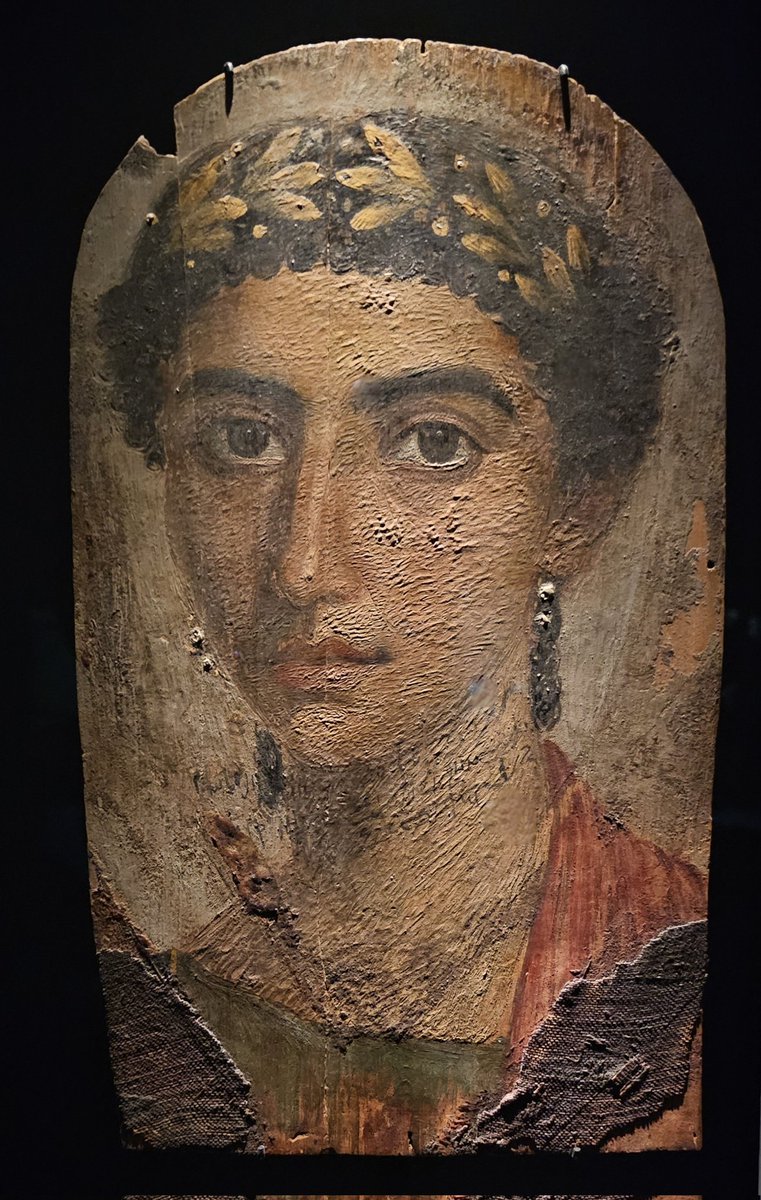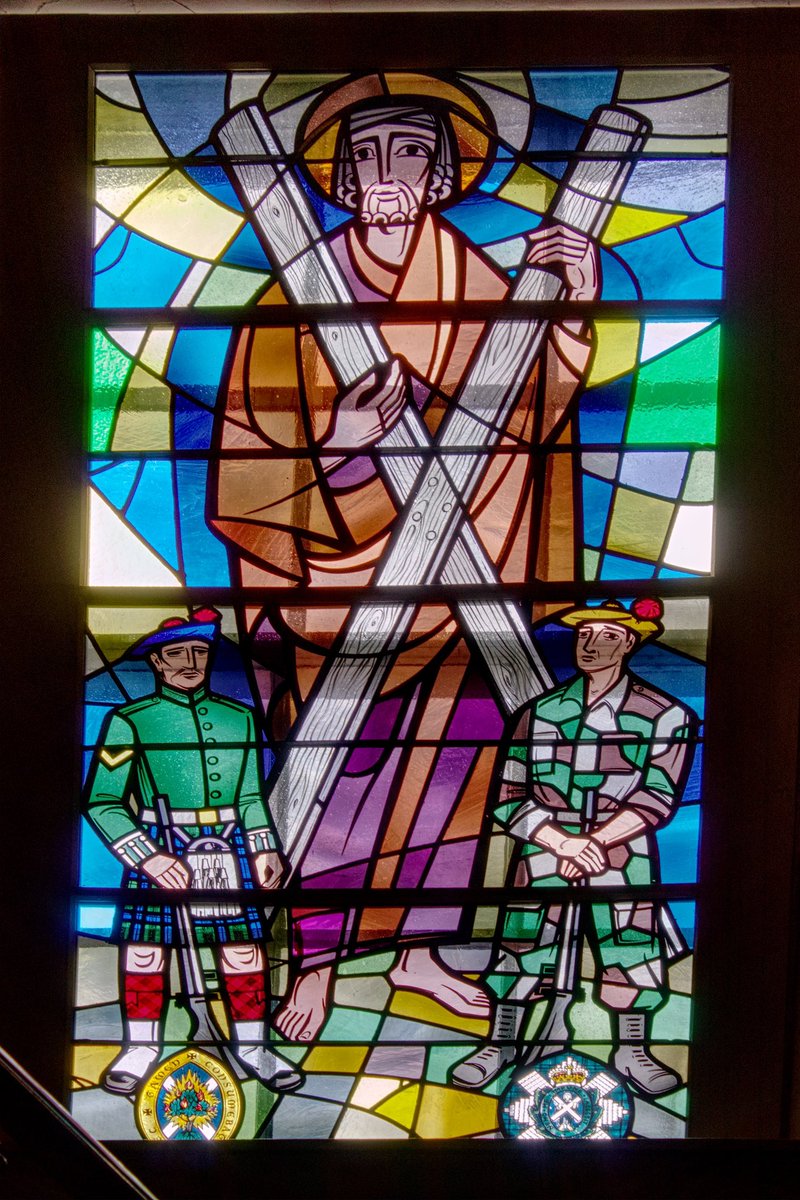
Nina Willburger
@DrNWillburger
Archaeologist | Permanent Representative of the Director @ALM_BaWue | Adjunct lecturer State Academy of Fine Arts Stuttgart |
Private account, views are mine 🖖
ID:1236011601611952130
06-03-2020 19:32:02
5,3K Tweets
54,7K Followers
5,5K Following

For #worldbeeday , here’s the bottom of a gold phiale - offering bowl - decorated with bees, acorns, and beechnuts. The bees alternate with the acorns on the outermost ring - look closely. 🐝
Green, 4th-3rd c. BCE
#Metmuseum
📸 me








#WorldBeeDay
We’re celebrating the amazingness of bees with this beautiful golden bee thought to date to the Hellenistic period of Greece. At only 1.5 cm in length, it’s about the size of a bee as well!
🏛 Yale University Art Gallery
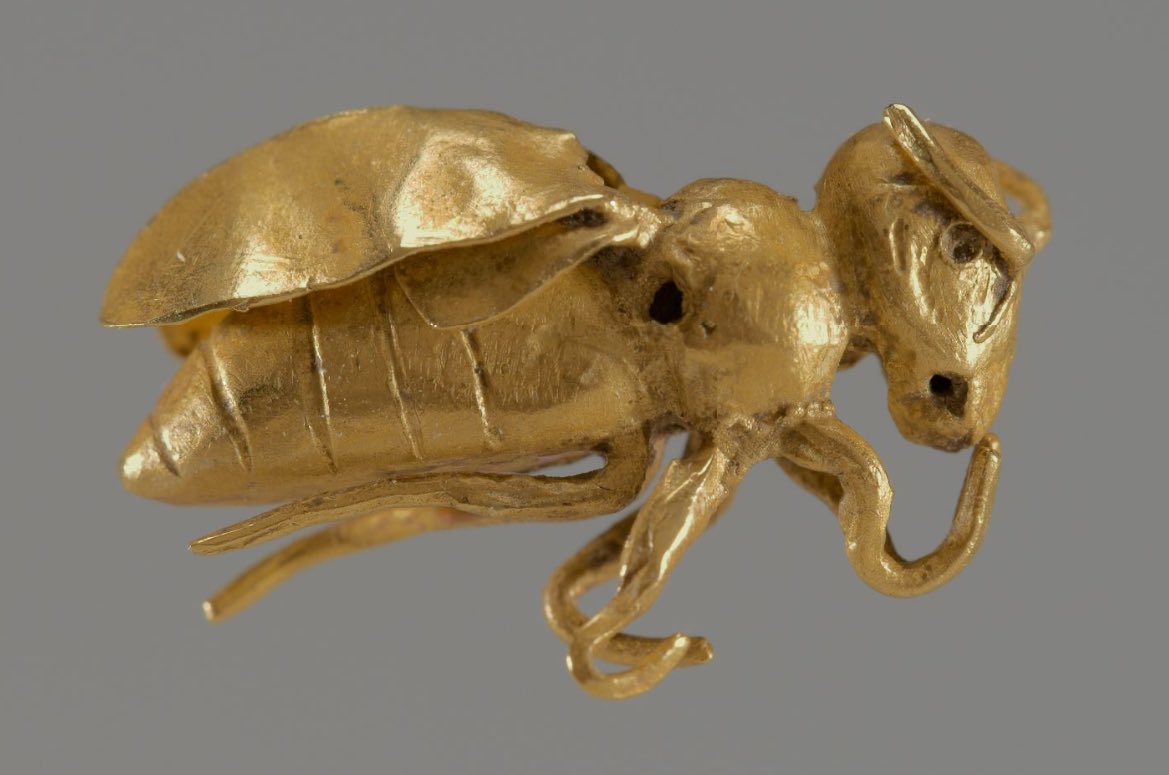



A bishop shown on a Chertsey tile, made in the thirteenth century. Now displayed in the exhibition at Winchester cathedral, originally set in the altar at St Swithun's shrine
#MedievalMonday
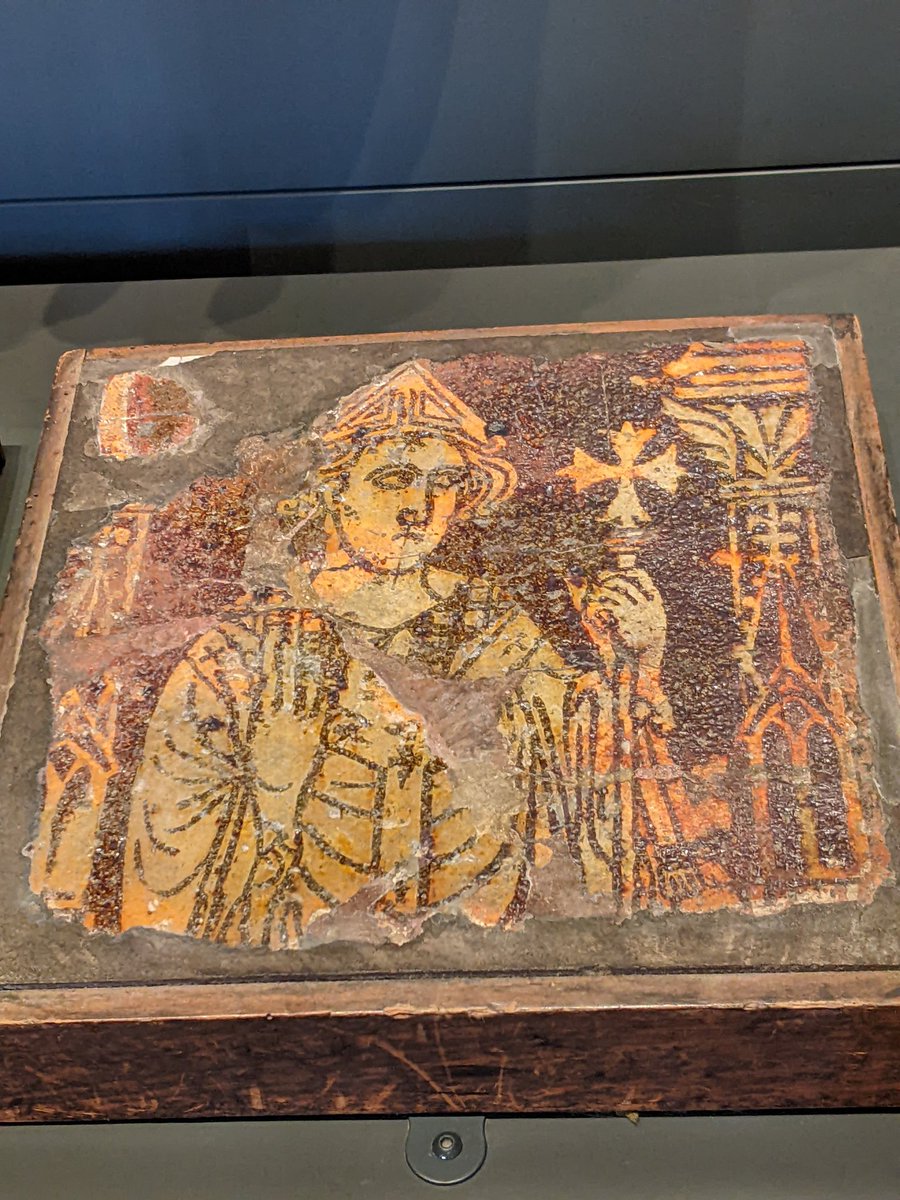

2nd century AD mosaic floor panel from Roman Daphne, near Antioch. The female figure may be the personification of ‘abundance’ and ‘good living’. The mosaic is now part of the collections The Metropolitan Museum of Art #MosaicMonday 📸 My own.
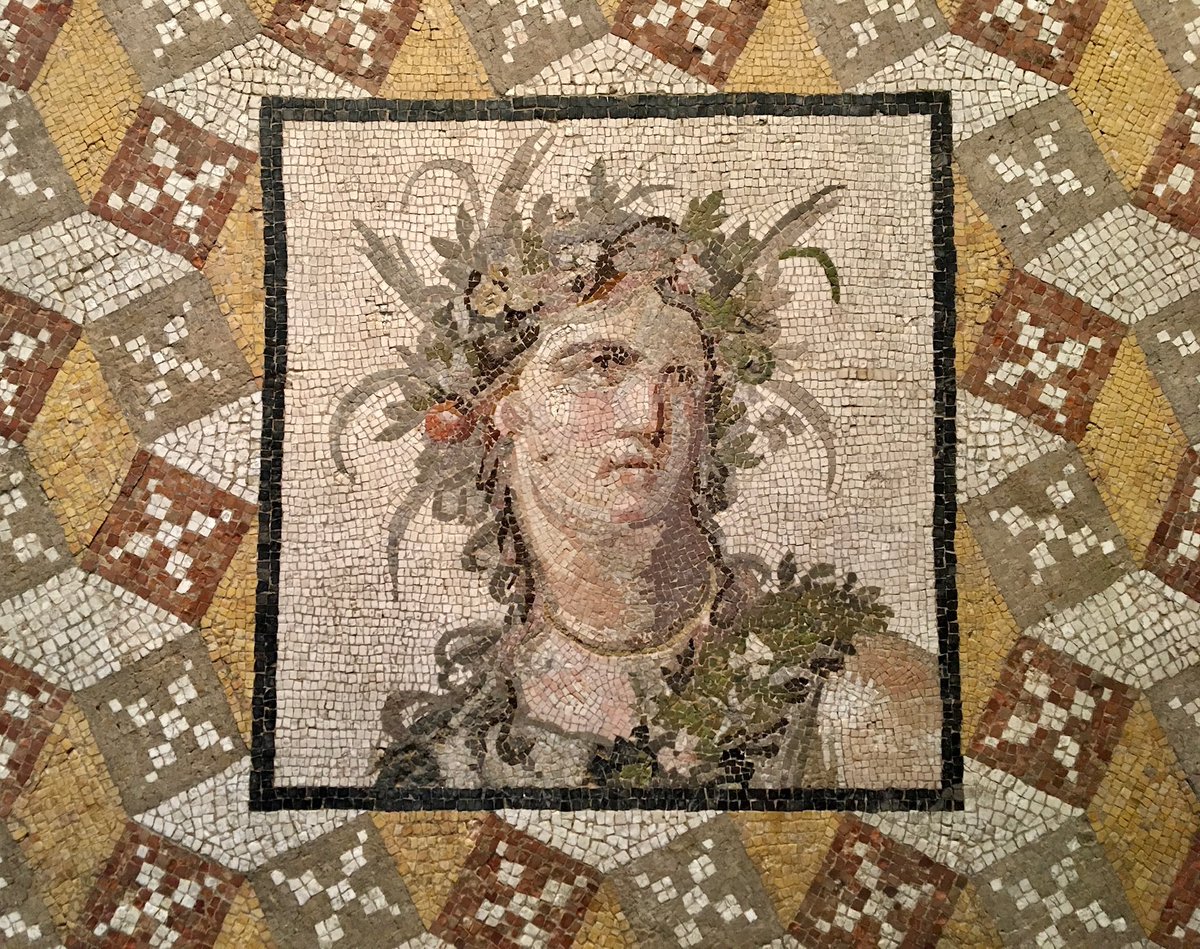
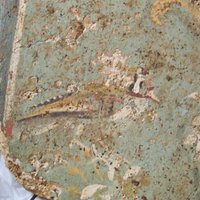
#MosaicMonday
Europa being abducted and carried over the sea by Zeus in the form of a bull, though neither look all that bothered.... 2-3 C AD.
One of many fine floors discovered around 1900 in Trinquetaille district of Arles, now in the superb Musée de l'Arles antique.
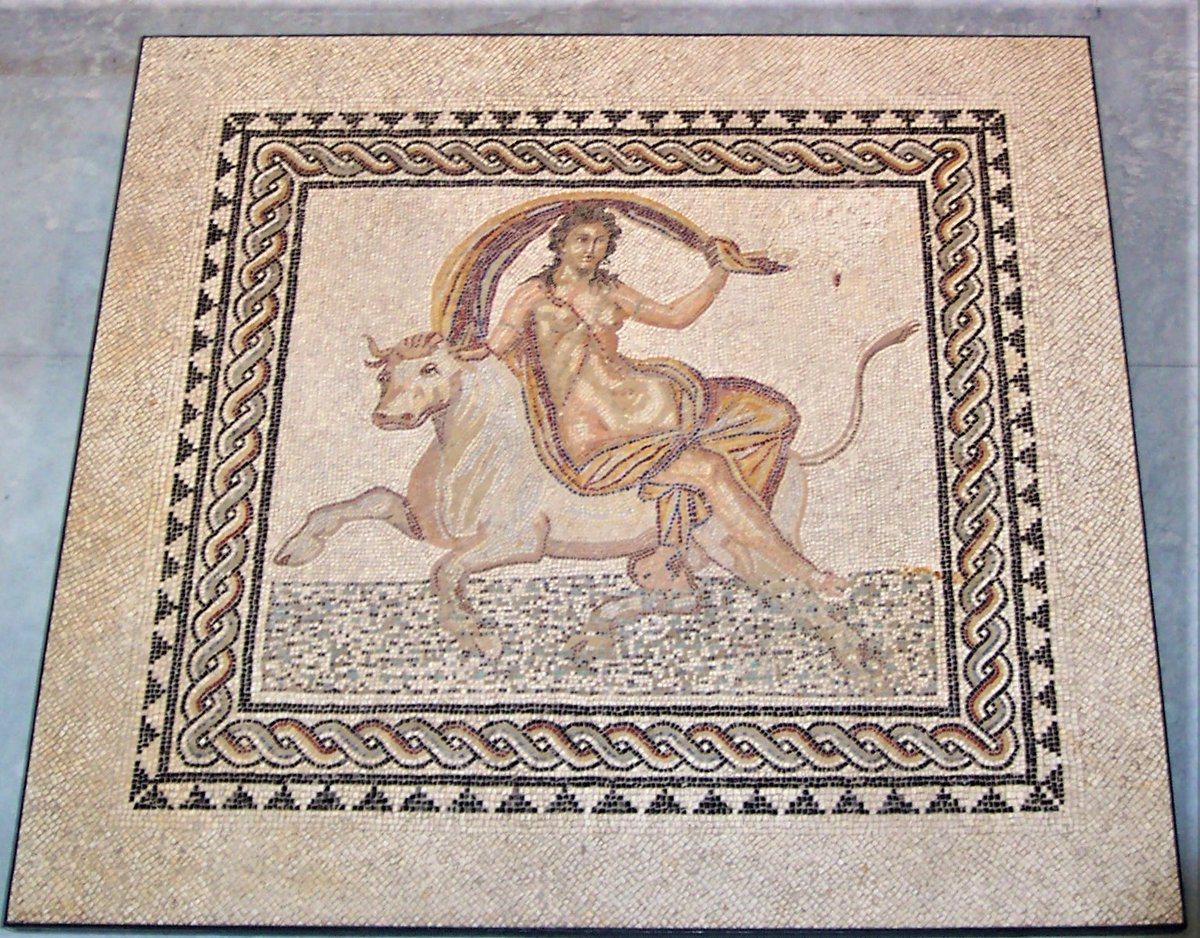

A small fragment of black and white geometric mosaic and a collection of tree root disturbed tesserae in Worthing Theatres and Museum
Found during excavations in the Romano Celtic temples of Chanctonbury Ring West #Sussex
The full nature of floor design is sadly unknown
#MosaicMonday
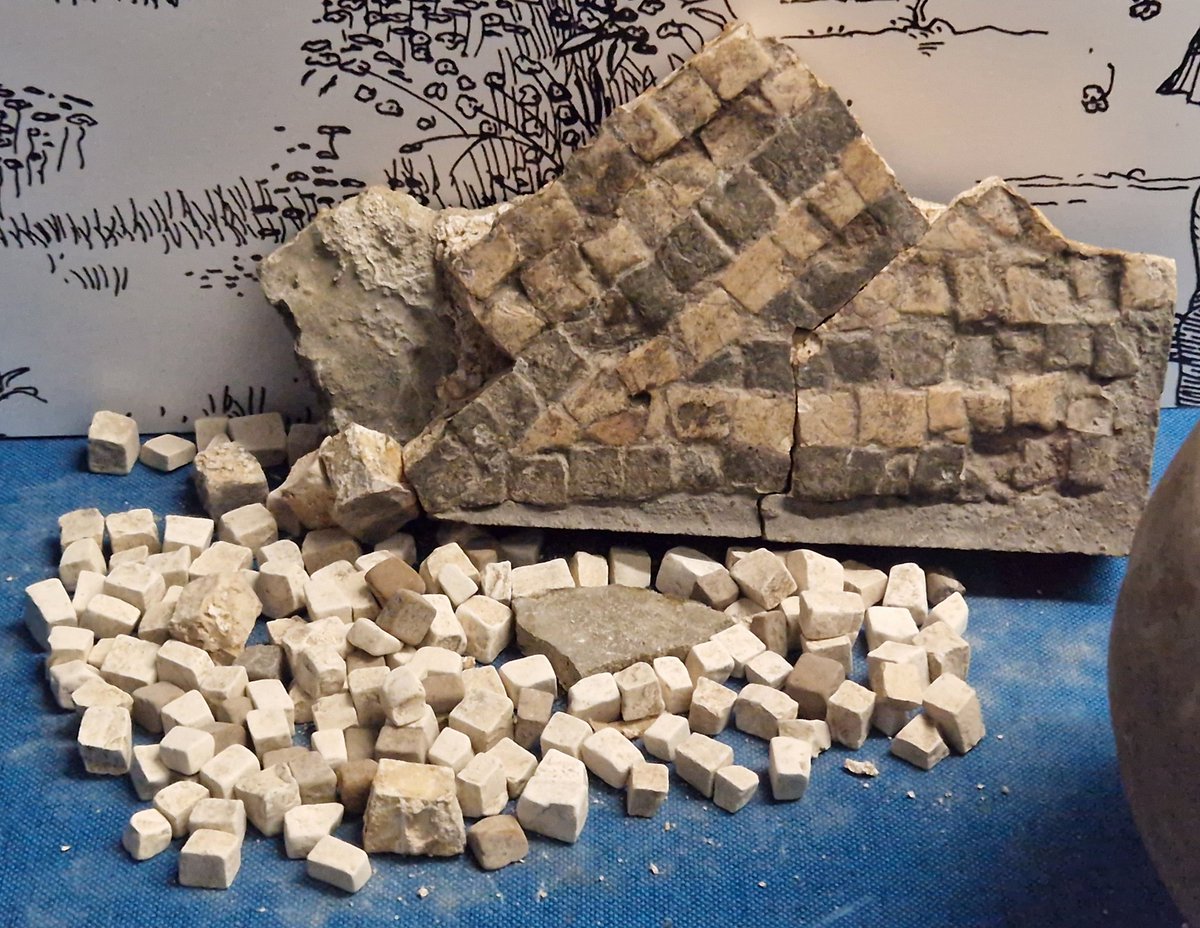
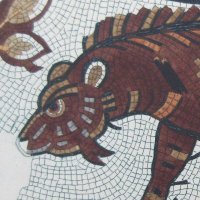
🤩Exciting news for #MosaicMonday ! 🤩 On behalf of Stephen Cosh/David Neal, who are not on Twitter/X, delighted to announce that Volume V of their magnificent corpus of Romano-British mosaics has been published. Read on for details ... 1/2
Image below: Priam, Ketton (Rutland)



#StandingStoneSunday a #Neolithic human-shaped stela with a necklace and a belt, carved in limestone. Found in Montagnac, #France . Dating 3200-2400 BC.
In the late neolithic period, several cultures living....1/2
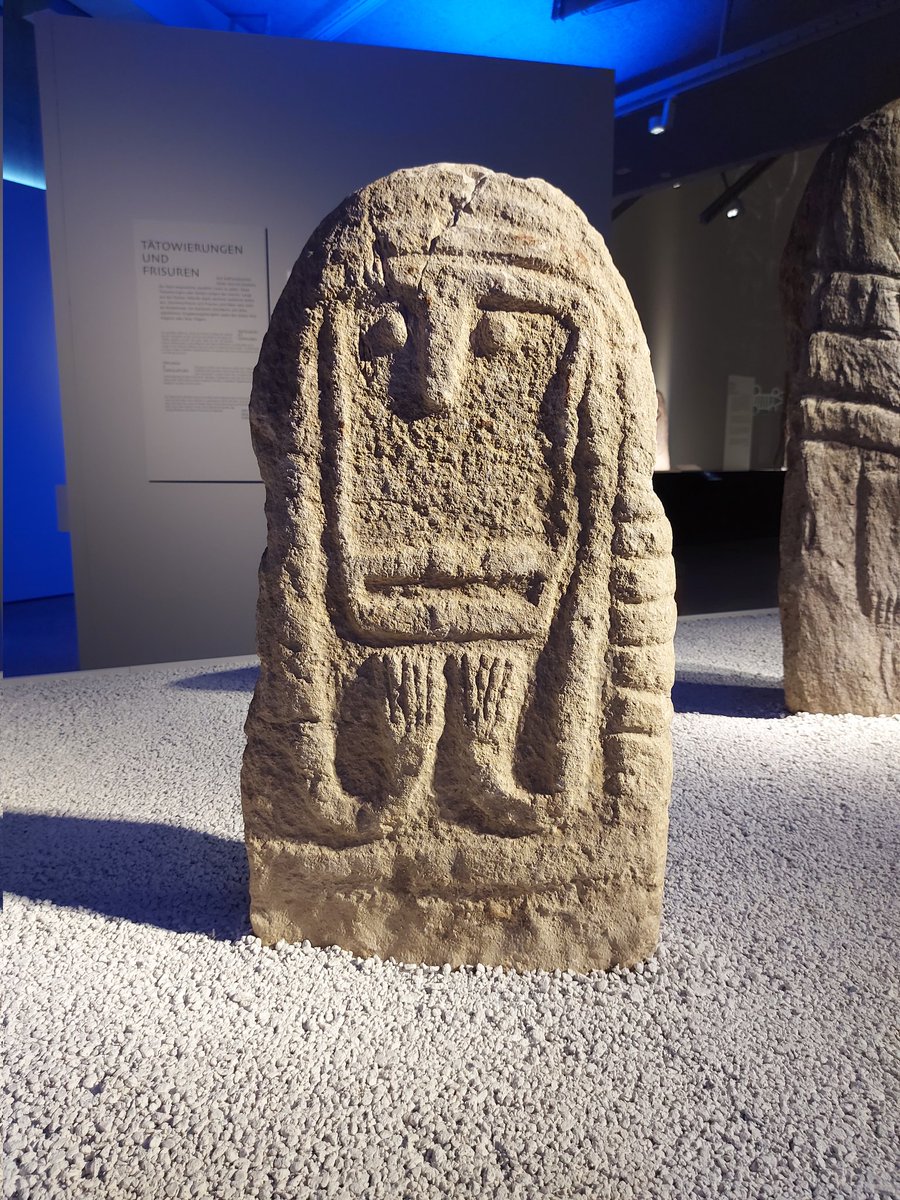


Cliff really does get around. Now he’s in the Ivory Coast and sends this dispatch. mainlymuseums.com/post/1245/mus-…
Clifford Pereira #museums #ivorycoast
